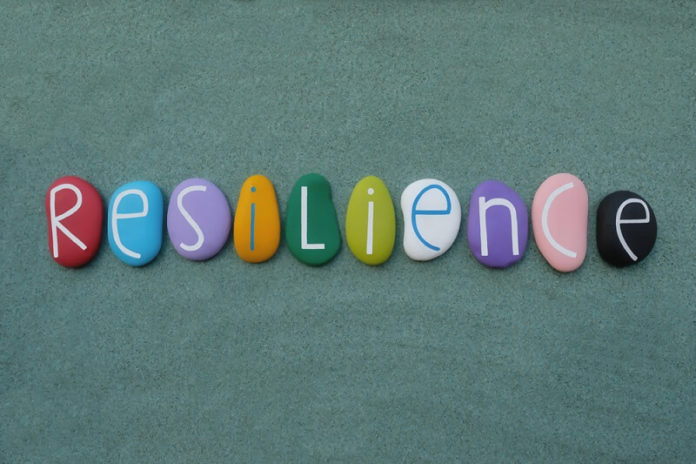Resiliency is defined as the ability of a system or organization to absorb stress, respond or recover functionality from a crisis or disrupted process and thrive in altered circumstances. The 2020 pandemic has taught us what it’s like to be slammed by an unimaginable crisis and has illuminated the insecurity of supply chains, healthcare, and almost every critical business system. Resiliency planning and preparation is a defense strategy that addresses unknown, unpredictable and improbable threats that would impact your business significantly.
Small business leaders should be prepared for continued challenges and ongoing change as the business landscape becomes more uncertain and erratic. Unexpected events are inevitable, and businesses must be ready to adapt and respond quickly by taking proactive steps to ensure the company’s health, people and assets are protected. A change mindset should be standard within the organization.
Your small business resiliency plan should focus on five areas:
The prioritization of staff and corporate culture is key. Your employees are your most loyal advocates and greatest asset, and they are struggling to maintain work-life balance and emotional/physical well-being. Be sure they are given the training and tools needed to work successfully under changing circumstances. Thoughtful employee benefits such as wellness programs, flexible work schedules, self-development opportunities, and PTO policies can help to maintain a strong corporate culture.
Deepen customer relationships by figuring out what really makes them tick. Take the time to examine website, social media and email campaign analytics so that you can determine how to add value and address your customers’ essential needs. Ask for their feedback: what changes in service, delivery or experience would be helpful to them?
Even Aunt Betty is Zooming. Technological advances and digital transformation are progressing at warp speed. Use of the cloud has skyrocketed. These advancements may result in new business models or structures within your organization. Make sure your data is safe by working with a cyber security expert, reviewing your insurance coverage and training employees on cyber safety.
Review every aspect of your core business processes. Take into account every essential product and service as well as the departments, roles and processes associated with them. Get input from employees and reflect on lessons learned in 2020. Maximize opportunities and minimize adversity by considering how you might shift business across market, products, channels, geographies and business models.
Consider how the company’s overall financial structure may be impacted. Be sure to allocate the appropriate funds to cover new employee accommodations and changes including products/services and business models. Identify clear revenue goals based on the changes you intend to make.
A resiliency plan is an interdependence of flexible processes that can be readily adjusted in the event of disruption of business or exposed risks and should mitigate the need to deploy a disaster recovery plan. The idea of creating such a plan can be overwhelming, so we’ve created an outline to help you take it one step at a time.
Small Business Resiliency Plan Outline
- Identify and list every aspect of your business operation
- Essential services and products
- Personnel
- Hardware, software and equipment
- Departments and roles
2. For each aspect, identify known risks as well as brainstorm those unimagined
- Include people in your process
- Have the ability to see things with fresh eyes
- Think differently than you do
- Be open to the value of variation and divergence
- Identify the financial impact, threat to safety/health and business interruption for each risk
- Identify how each risk will impact operations: customers, value proposition, capabilities, revenue
3. For every risk, lay out multiple solutions and contingency plans
- Embrace creativity, avoid rigidity
- Create advantage in adversity
- Generate alternative ways to react to situations
- Think about what you can do instead of the restrictions placed upon you
- Employ mental agility to see new risks and opportunities before your competitors
- Include goals, tactics and timelines
- Identify the roles responsible for execution
- Address how to pivot from one scenario to another
- Align your company’s vision and mission with these systems to articulate purpose
4. Test the plan regularly and make adjustments
- Stress test vulnerabilities
- Monitor early warning signs
- Ensure any individual element can fail without the whole system collapsing
5. Document and Communicate your resiliency plan
Very few businesses have created a plan to measure and manage resilience, and while doing so may cause some short-term inefficiencies, it will bolster sustained performance. The resiliency plan will help to ensure that your livelihood as a small business owner and that of your employees is protected, as well as the financial health and reputation of the organization.
Lori Dann is the founder of Presidents’ Leadership Council (PLC), an exclusive forum for small business CEOs, presidents, and partners to engage, learn and grow through peer relationships and professional presentations.
Resiliency stock photo by yournameonstones/Shutterstock







